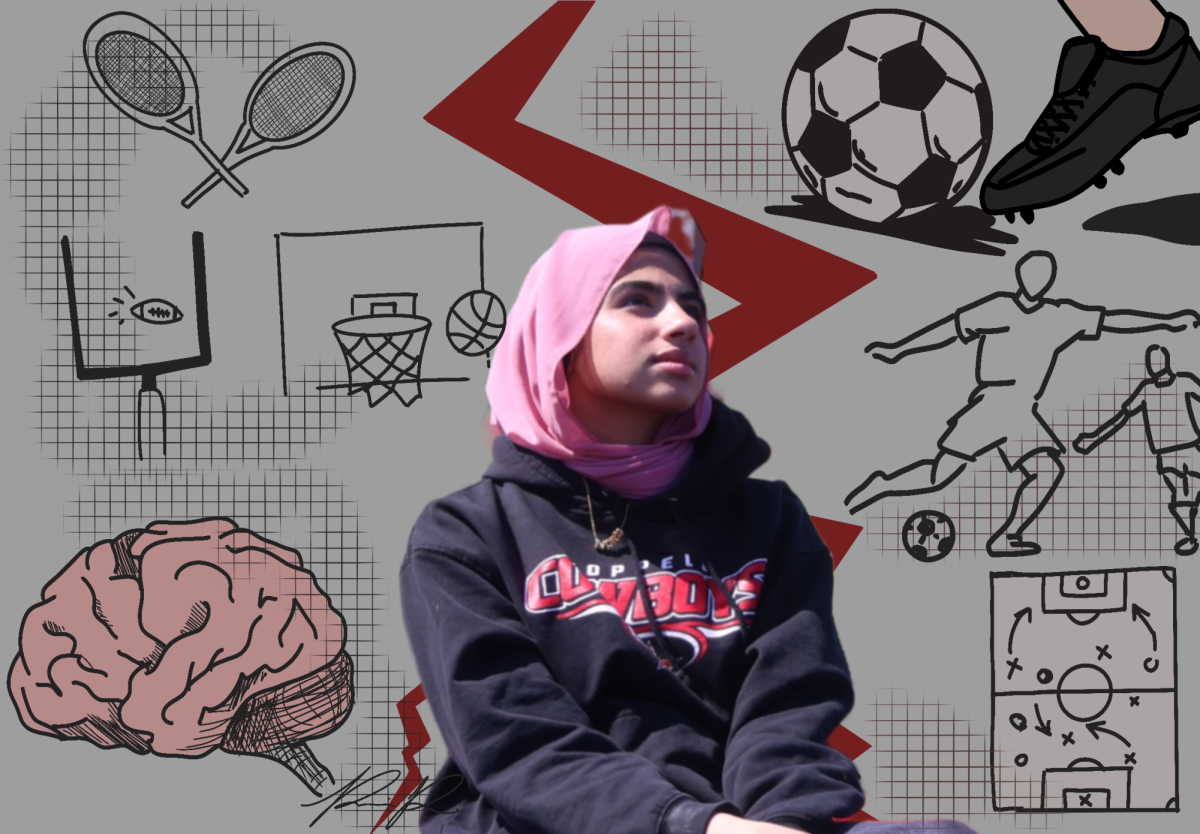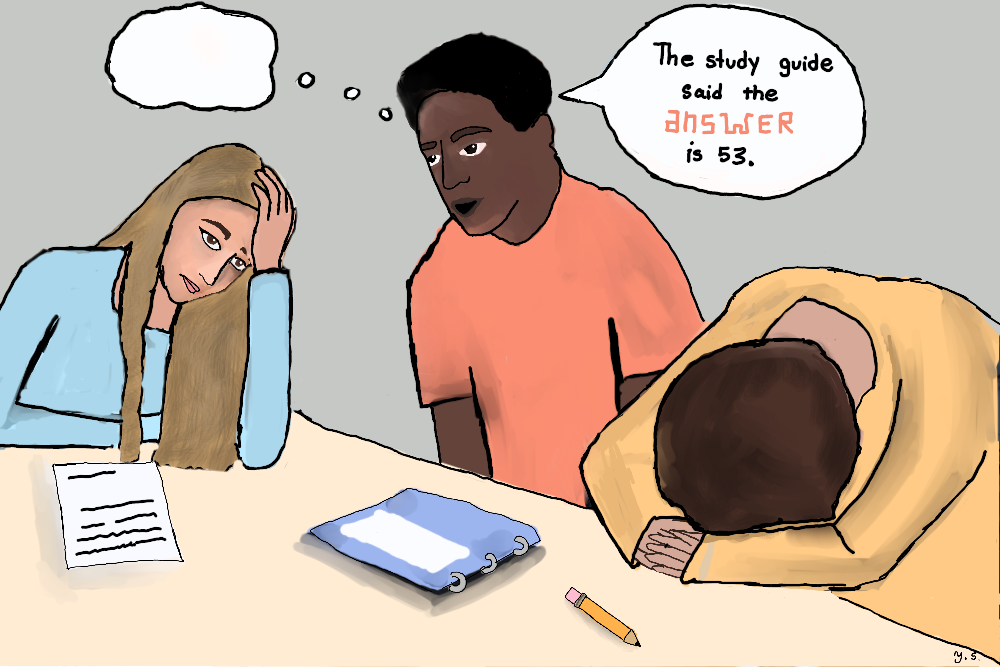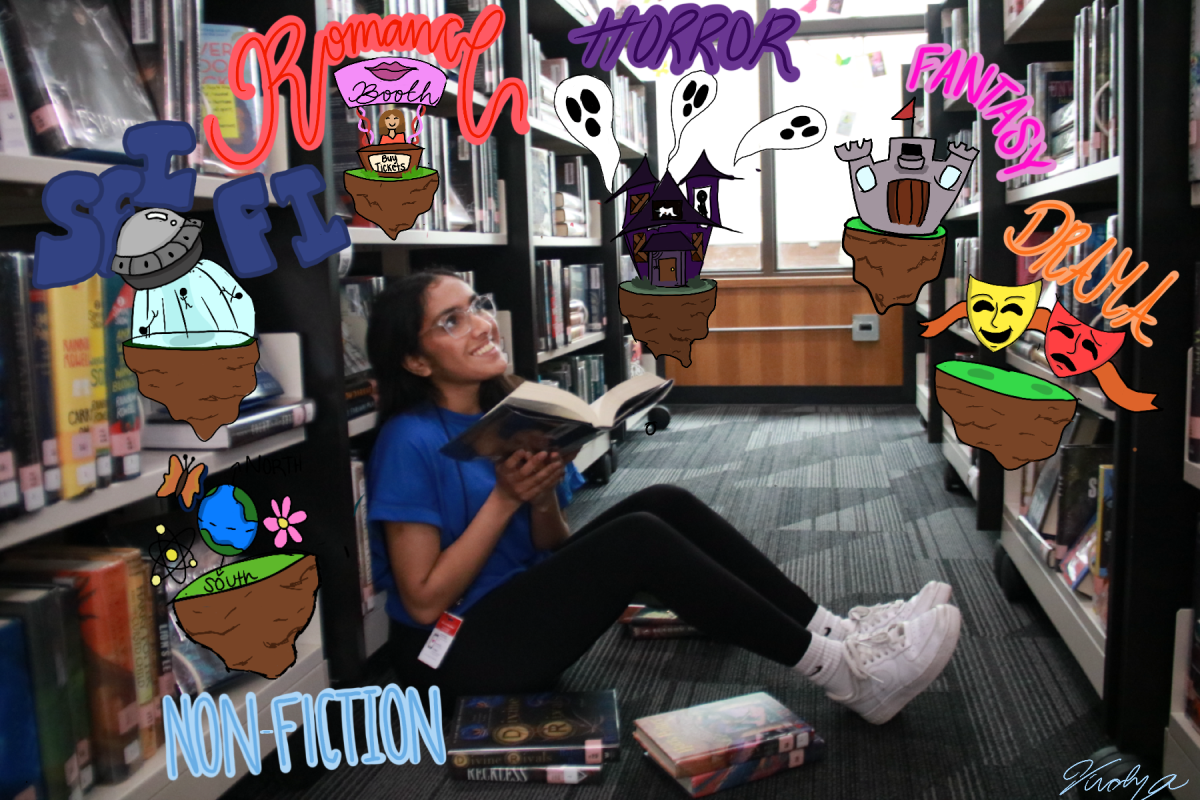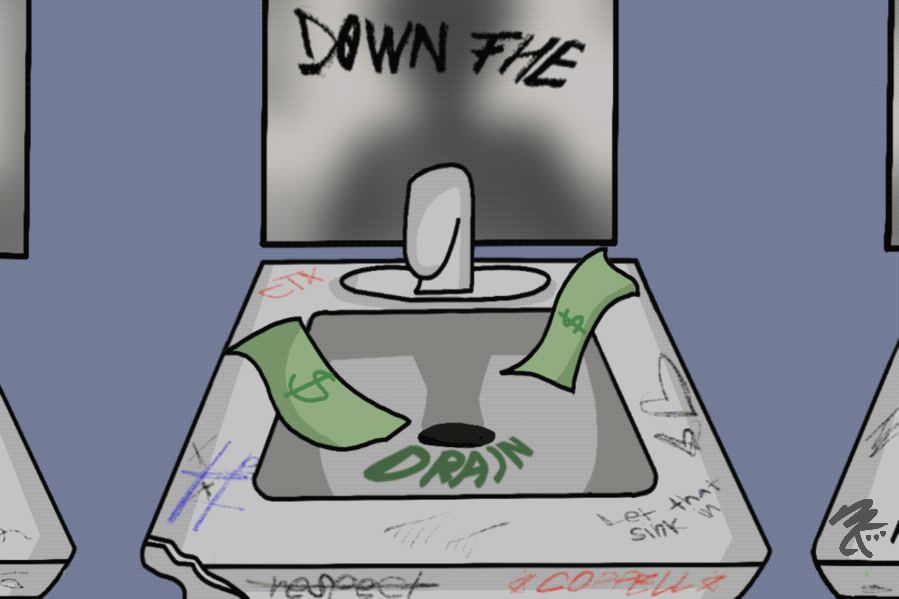Satvika Ananth
Staff Writer
I always wanted to be Cinderella. I wanted the transformation, the bitter revenge on an evil stepmother, the cute little mice friends and most of all, the packaged deal of Prince Charming and a beautiful castle. Not to mention the happily-ever-after.
But then someone asked me, what happens after the happily-ever-after?
The answer: There is no after.
Think back to your first Disney movie. Whichever it was, there was inevitably a damsel in distress (or in love, which is much the same thing according to Disney) who simply could not escape her terrible fate. More often than not, this fate was also accorded to her by some vile-looking old woman or man with magical powers, when all of a sudden, a stunning and charming young prince, almost inescapably named Prince Charming, comes to rescue the damsel. They lived happily ever after, the end and goodbye.
You probably ate it up. I know I did, for many years. This wouldn’t be a big deal, except that I became attached to the concept of happy endings. Here we can see the basic problem with Disney. Though the happily-ever-afters are not evil, they definitely have negative impacts on children, creating high expectations that are both irrational and unlikely to come to fruition.
If Disney movies were just movies, that would be fine. However, the touching and beautifully animated stories often have people taking the message back home with them. And this message is often one of a utopian life being possible for even the most unlikely suspects, like a discarded princess lost and alone in a frightening wood.
These high expectations definitely affect young girls the most drastically, giving them unrealistic hopes for the future.
In addition, there is a clear and established trend of in Disney movies towards the “damsel in distress” theme. Girls are portrayed as unable to take care of themselves, and they must be saved by a dashing young man. What can this portrayal tell girls other than that they are incapable of acting independently, and must depend on a man for support?
Even the “independent” women of Disney, like Mulan and Pocahontas, give up their life of equality in order to marry and be “good girls.” Mulan, which was considered one of Disney’s break-out movies, supposedly moving the company away from its typical portrayal of girls, actually reinforced the negative attributes once again when autonomous women submitted to the subservience of traditional roles in order to gain their happy endings.
Furthermore, these movies can’t possibly be much better for guys. Prince Charming essentially just makes a cameo appearance in each tale, with no character development or actual personality to support his existence. At least Snow White can be remembered as the princess who loved animals, and Cinderella as a hardworking and misunderstood girl. It’s no wonder boys seem to prefer the action figures when they’re younger.
However, I do acknowledge that these tales are not Disney originals. In fact, most came from sources like Hans Christian Anderson or ancient Russian folk tales. But why was it necessary for Disney to cover these tales in fairy dust and present a false image of happily-ever-after to children? This not only destroys the integrity of the tales, but also continues a tradition of oppressive portrayal of women.
The message girls receive, resultantly, is one that a happy ending can only happen if they find a way to get that same packaged deal I always wanted for myself. What they don’t understand us that they may actually have to work for their happy ending.
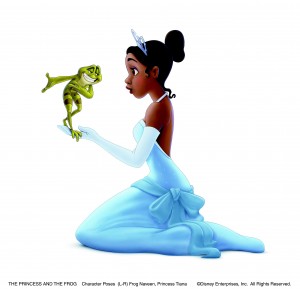
However, I’m not saying improvements haven’t been made. For instance, Disney’s new movie, The Princess and the Frog, portrayed love without the wake-me-up-from-a-trance factor, and the female lead, Tiana, is concerned with her career goal of opening a restaurant instead of merely finding true love. More films like this, as well as parental reminders that children can achieve their dreams without the help of magic or a fair prince, will help young children enjoy Disney movies without being entrapped by the concept of a happily-ever-after.
To see the other side of this issue, click here.



